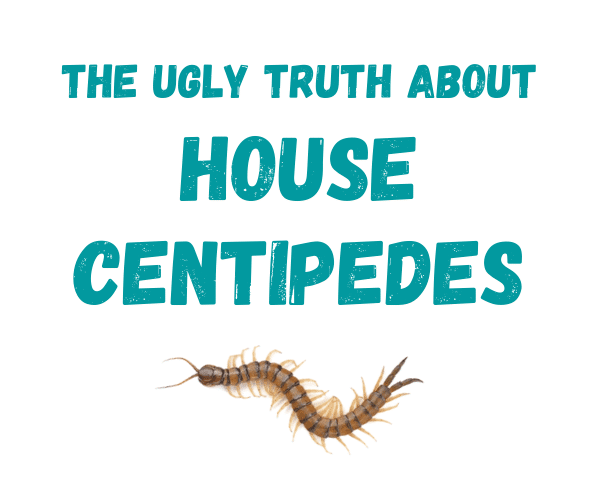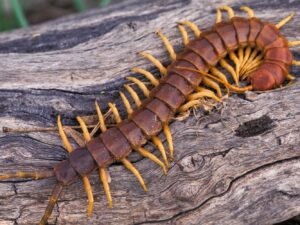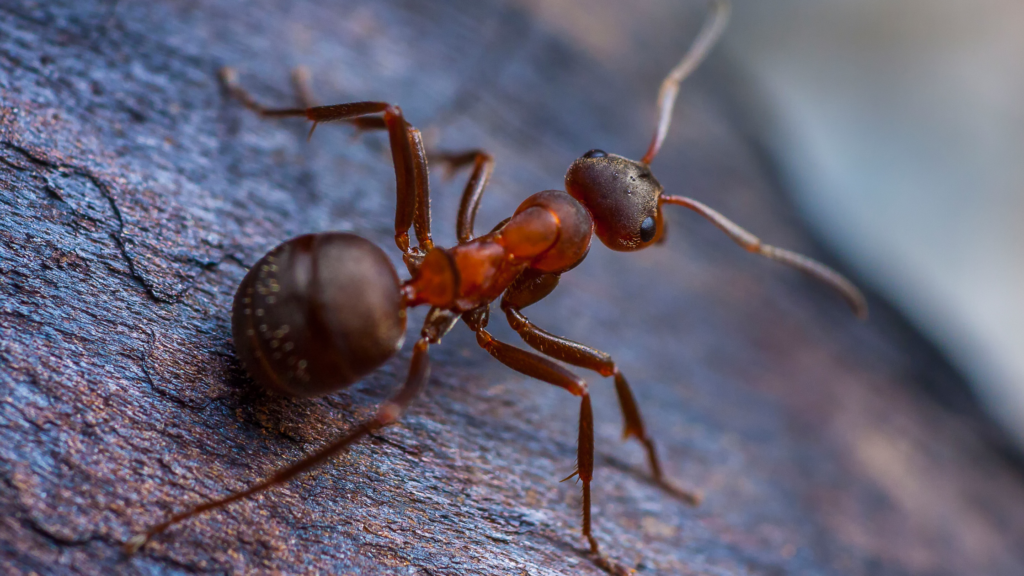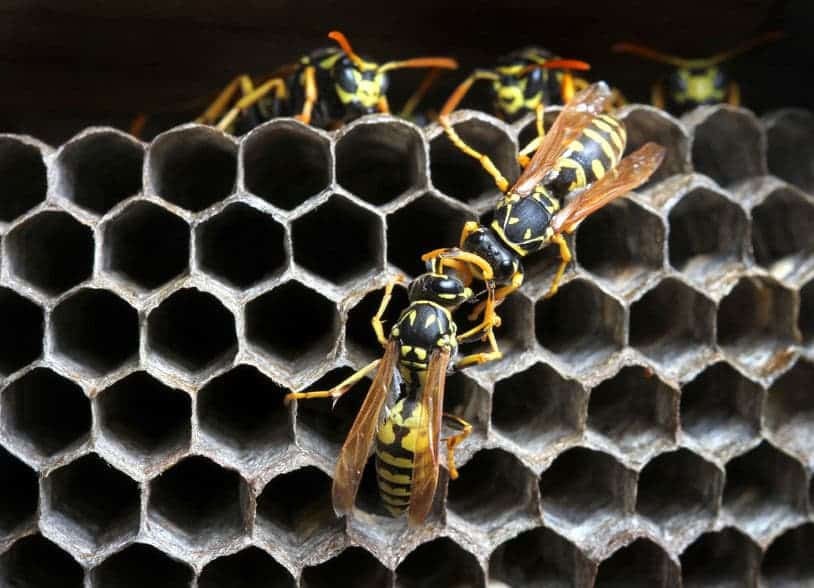
Oftentimes, when people think of a centipede, they’re picturing a millipede. While both centipedes and millipedes are arthropods with many legs, the two are quite different. Centipedes are flatter, lacking the distinct round head and back of millipedes. Centipedes and millipedes both get their name from their high count of legs, though unlike millipedes, centipedes only have one pair of legs per body segment. In another direct contrast to millipedes, centipedes are carnivorous, feeding on insects, such as cockroaches, termites, silverfish, earwigs, spiders, and other unwelcome critters in your home.
While their vigilantism in the bug world may sound like a welcome pest control measure, unfortunately centipedes are considered a nuisance pest. Centipedes are poisonous and even though people are not their intended targets, a bite from a centipede is still highly unpleasant for us humans. Those who are allergic to venomous insects may even experience a heightened reaction to a centipede bite. If you are bitten by a centipede, be sure to thoroughly wash the bite with soap and water. You can use ice and analgesics to manage any pain or swelling that may occur.

They generally live in areas that are damp, dark, and difficult to get to including under rocks or logs, or in moist areas of a home. The most common species of centipede you will come across in Florida is the Scutigera coleoptrata, also called the house centipede. They are the only species of centipede capable of reproducing inside a house or similar structure. If there are areas of your home that typically remain damp, such as parts of the bathroom or kitchen, it could be a desirable place for centipedes to live. With a lifespan of anywhere from three to seven years, these are the kind of long-term roommates you may want to serve an eviction notice to.
If you discover a centipede problem in your home, it is likely an indicator that you have a high population of their prey dwelling with you too (remember, that includes cockroaches). Afterall, if there was nothing for the centipedes to eat, they would move elsewhere. In order to address the issue, it is essential to look for and plug up any cracks, holes, or other pest-sized entryways to your home. Additionally, centipedes are not the only insects that find dark, damp corners of a home to be a desirable place to live. Try to eliminate as many of those spaces as possible to cut down on all insect populations.
Centipedes can live in compost as well, along with other members of the composting ecosystem such as earthworms, millipedes, and pillbugs. Unfortunately for the other insects, which predominately are there to assist in the decomposition process, centipedes feed on the composting invertebrates. Luckily, they generally can’t eat them all and are ultimately able to coexist with some of your composting assistants.
Tackling any insect problem can be a stressful task and centipedes are a particularly ugly-looking bunch. If DIY preventative measures aren’t enough, the proper application of pesticides will help to solve a centipede problem. Should you find yourself in need of assistance, give us a call to discuss how we can help you keep your space safe.
Written using information from the University of Georgia IFAS Extension, the University of Florida IFAS Extension, and feedback from our in-house entomologists.



